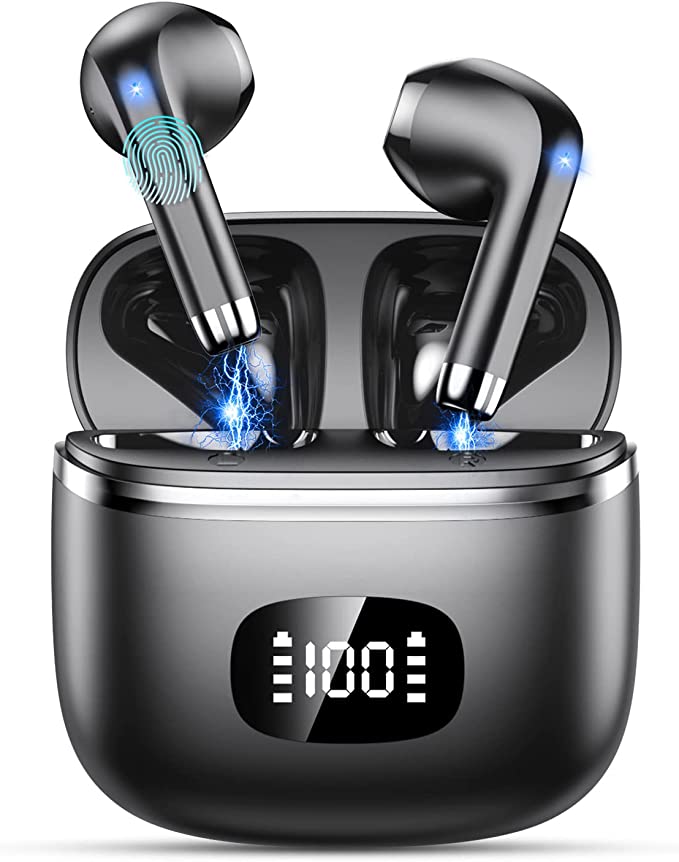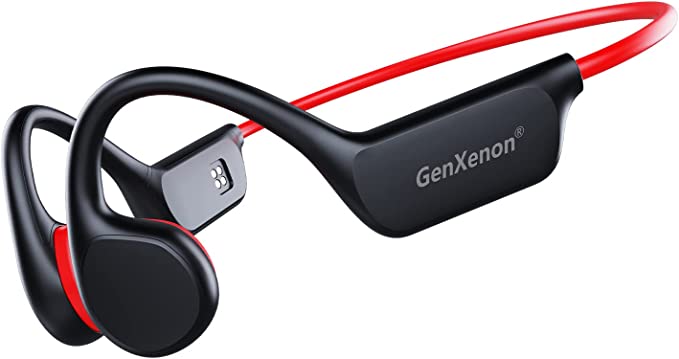Klein Tools ET180 Digital Manometer: Precise Pressure Measurement for HVAC Troubleshooting
Update on Feb. 8, 2025, 5:01 p.m.
The Silent Struggle: Your HVAC System and Pressure
Imagine this: It’s the peak of summer, and your air conditioner is running non-stop, but your upstairs bedrooms remain stubbornly warm. Or perhaps it’s the dead of winter, and your heating bills are through the roof, yet some rooms feel drafty and cold. These scenarios, frustratingly common, often point to a hidden culprit: imbalanced air pressure within your HVAC system. While you might not see it, feel it directly (unless it’s very bad), or even hear it, incorrect pressure can wreak havoc on your comfort, energy bills, and the lifespan of your expensive HVAC equipment.

Pressure: The Unsung Hero of HVAC Performance
Think of your HVAC system as a network of arteries and veins, circulating conditioned air throughout your home. Just as blood pressure is vital for your body’s health, air pressure is critical for the efficient operation of your heating and cooling system. Proper pressure ensures that the right amount of air reaches each room, maintaining a consistent temperature and minimizing energy waste.
But what is air pressure in this context? It’s the force exerted by air molecules within the ductwork and components of your HVAC system. This pressure can be higher or lower than the ambient atmospheric pressure. Several factors influence this pressure, including the fan’s power, the design of the ductwork, and the presence of any obstructions, like clogged air filters or closed dampers.
When pressure is too low, insufficient air reaches its destination, leading to poor heating or cooling. When it’s too high, the system works harder than necessary, wasting energy and potentially damaging components. Leaky ducts, a common problem, cause pressure loss, forcing the system to overcompensate.

Meet the Klein Tools ET180: Your Pressure Detective
The Klein Tools ET180 Digital Manometer is a specialized instrument designed to measure these crucial air and gas pressures within HVAC systems. It’s like a blood pressure monitor for your home’s climate control. This isn’t just another gadget; it’s a precision tool that provides the data needed to diagnose and resolve pressure-related problems, ultimately restoring comfort, efficiency, and potentially preventing costly repairs. The ET180 stands out due to its accuracy, its ability to measure both single-point and differential pressure, and its user-friendly design.
Inside the ET180: Unveiling the Science of Measurement
At the heart of the ET180 are its dual gauge manometer sensors. These sensors are marvels of micro-engineering. The core principle relies on a flexible diaphragm – a thin, sensitive membrane – that deforms proportionally to the pressure applied to it.
Imagine a tiny drumhead. When pressure is applied to one side, the drumhead bends inward. The greater the pressure, the greater the bend. The ET180’s sensors convert this physical deflection into an electrical signal. This is often achieved through a change in capacitance. As the diaphragm moves, it changes the distance between two conductive plates, altering the capacitance – the ability to store an electrical charge. This change in capacitance is precisely measured and converted into a pressure reading, displayed on the ET180’s screen.
But there’s another critical factor: temperature. The density of air, and therefore the pressure it exerts, changes with temperature. A manometer calibrated at room temperature might give inaccurate readings in a hot attic or a cold basement. This is where the ET180’s temperature compensation comes in.
The ET180 incorporates a temperature sensor alongside the pressure sensors. This sensor continuously monitors the ambient temperature and feeds this information to a microchip within the device. The microchip uses a pre-programmed algorithm to adjust the pressure readings based on the temperature, ensuring accuracy across the ET180’s operating range of 32° to 122°F (0° to 50°C). This compensation is happening constantly and automatically, without any user intervention.
Decoding the Data: Understanding Pressure Readings
The ET180 displays pressure in a variety of units: inH2O (inches of water column), bar, oz/in2, psi, mbar, kPa, inHg, mmHg, kg/cm2, ftH20, and cmH2O. While this might seem overwhelming, most HVAC technicians in North America primarily use inH2O for measuring air pressure in ductwork and psi for measuring refrigerant pressure (though the ET180 is not designed for high-pressure refrigerant measurements).
So, what’s a “good” pressure reading? There’s no single answer; it depends on the specific HVAC system and its design. However, your HVAC system’s manufacturer typically provides specifications for static pressure, which is the pressure exerted by the air when the fan is running. This information is often found on a label attached to the air handler or furnace.
Generally, a static pressure that’s too high indicates a restriction in the airflow, such as a clogged air filter, closed dampers, or undersized ductwork. A static pressure that’s too low suggests leaks in the ductwork or an improperly sized fan.

Troubleshooting with ET180: Static, Dynamic, and Differential Pressure
The ET180 excels at measuring three key types of pressure:
-
Static Pressure: This is the resistance to airflow in the duct system. It’s like the pressure in a balloon – the force exerted by the air against the balloon’s walls. To measure static pressure, you typically insert a probe into the ductwork, perpendicular to the airflow.
-
Dynamic Pressure (Velocity Pressure): This is the pressure created by the moving air itself. It’s related to the air’s speed. While the ET180 doesn’t directly measure dynamic pressure, it can be calculated using the static and total pressure.
-
Differential Pressure: This is the difference in pressure between two points. This is where the ET180’s dual ports shine. By connecting hoses to two different locations in the HVAC system, you can measure the pressure drop across a component, such as an air filter, a coil, or a section of ductwork. This is incredibly useful for pinpointing blockages or leaks. For example, a high pressure drop across a filter indicates that it’s clogged and needs to be replaced.
Real-World Scenarios: Putting the ET180 to the Test
Scenario 1: The Case of the Cold Upstairs Rooms
Let’s revisit our homeowner with the uneven heating. Using the ET180, a technician can measure the static pressure in the supply duct leading to the upstairs rooms and compare it to the pressure in the supply duct leading to the downstairs rooms. A significantly lower pressure upstairs indicates a problem. The technician can then use the differential pressure function to measure the pressure drop along the upstairs ductwork, section by section. A sudden, large pressure drop between two points pinpoints the location of a blockage (e.g., a crushed duct or a closed damper) or a significant leak.
Scenario 2: The Furnace That Won’t Stay Lit
A gas furnace requires a specific gas pressure range to operate safely and efficiently. If the pressure is too low, the flame may be unstable or fail to ignite. If it’s too high, it can create a safety hazard. The ET180, with its ability to measure gas pressure (within its specified range), allows a technician to quickly verify that the gas pressure supplied to the furnace is within the manufacturer’s specifications. This eliminates one potential cause of the problem and helps narrow down the diagnosis. If the pressure from P1 or P2 is outside of the measurement range, the display will show “OL”. If the sensor is damaged, the display will show “ERR”.
Scenario 3: Checking Filter Performance
A clean air filter is essential for good airflow and indoor air quality. As the filter traps dust and debris, the pressure drop across it increases. By regularly measuring the differential pressure across the filter with the ET180, a homeowner or technician can determine when the filter needs to be replaced, before it significantly restricts airflow and impacts system performance. A general rule of thumb is to replace the filter when the pressure drop doubles from its initial clean reading, or reaches the filter manufacturer’s recommended maximum pressure drop.
Beyond the Basics: Tips and Precautions
- Tubing Matters: Use the correct size tubing (1/8” ID) for the ET180’s ports. Ensure the tubing is securely connected and free of kinks or leaks, as these can affect the accuracy of the readings.
- Zeroing the Meter: Before taking any measurements, press the “ZERO” button to calibrate the meter to the ambient atmospheric pressure. This ensures accurate readings.
- Proper Probe Placement: To measure static pressure accurately, the probe should be inserted into the ductwork perpendicular to the airflow.
- Regular filter changes: Change or clean filters as needed to prevent restricted airflow and pressure issues.
-
Annual system check: Regular inspections of your system can detect any potential problems.
-
Safety First: When working with HVAC systems, always prioritize safety. Turn off the power to the unit before accessing any internal components. Be particularly cautious when working with gas appliances, as leaks can be extremely dangerous. If you’re unsure about any procedure, consult a qualified HVAC professional.
Limitations
It is important to note, ET180 only measure pressure. It cannot fix any problem by itself. If the readings shows “ERR”, the sensor has been damaged, users cannot repair it, they have to discontinue use and contact Klein Tools.
The Future of HVAC Diagnostics
The trend in HVAC diagnostics is toward greater precision, automation, and connectivity. We can expect to see even more sophisticated manometers with features like wireless data logging, integration with mobile apps, and even AI-powered diagnostics that can automatically identify problems based on pressure readings.
Conclusion: Empowering You to Take Control of Your HVAC System
The Klein Tools ET180 Digital Manometer is a powerful tool that demystifies the often-invisible world of HVAC pressure. By providing accurate and reliable measurements, it empowers both homeowners and HVAC professionals to diagnose problems, optimize system performance, improve energy efficiency, and ensure a comfortable and healthy indoor environment. It’s an investment in knowledge and control, allowing you to move beyond guesswork and address HVAC issues with confidence.



















